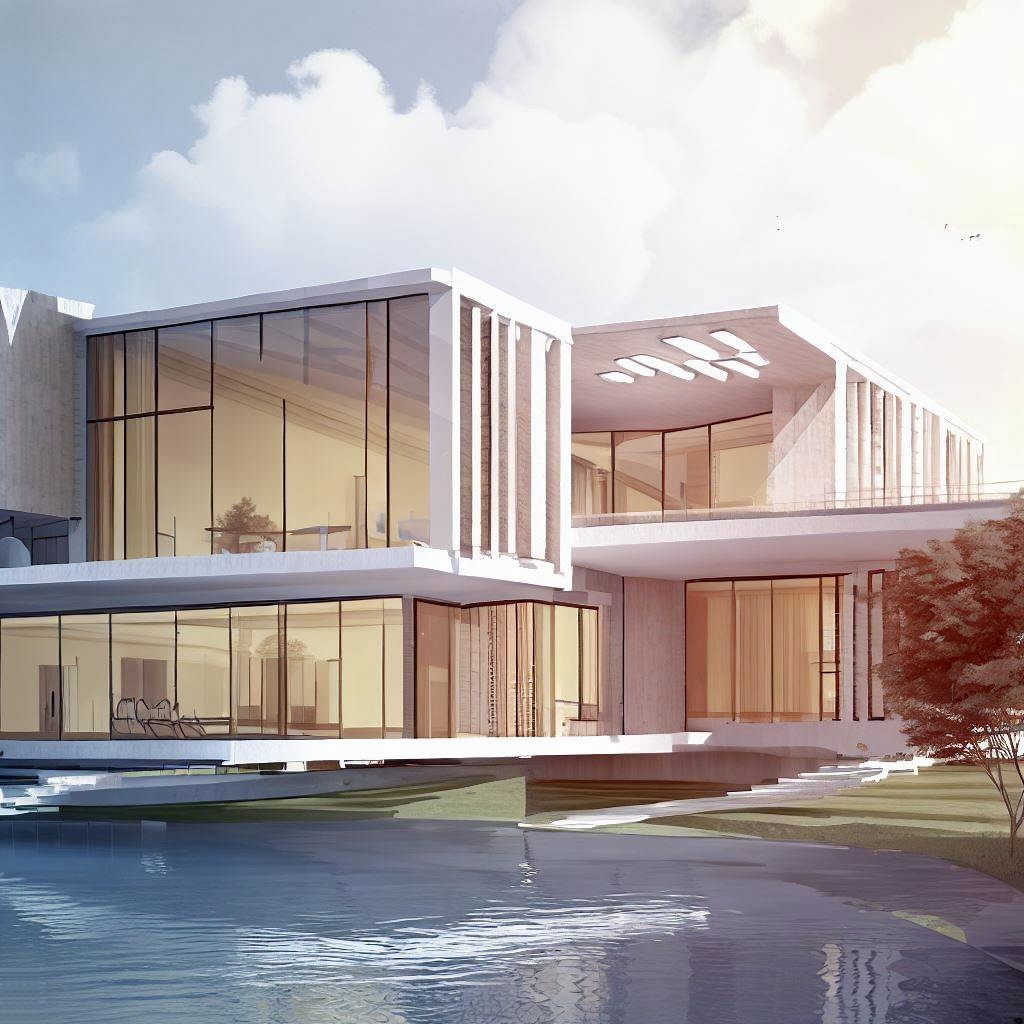The Design-Build Process
Hello, cherished readers!
Today, we're delving deeper into the Design-Build process—an approach to construction that seamlessly integrates design and construction under a single point of contact. This comprehensive method comprises distinct stages, each playing a crucial role in bringing your vision to life.
1. Concept
The Concept stage is the cornerstone of any Design-Build process. It's where the dream starts, where the vision for your project takes shape. In this stage, initial ideas are discussed in-depth, potential budgets are established, and a feasible timeline is developed. This phase is the springboard, launching the entire process forward.
2. Design
After conceptualizing, we move into the Design stage. This phase allows design professionals to translate your ideas into reality. Detailed architectural plans and renderings are crafted based on your initial concept. These designs can be revised and refined until they align perfectly with your vision, ensuring your project matches exactly what you envisioned.
3. Compliance
Next comes the Compliance phase, a critical juncture in the Design-Build process. This stage involves obtaining all necessary permits for your project, ensuring that it complies with local regulations and building codes. The importance of this phase cannot be overstated as it ensures your project's legality and safety.
4. Build
Once designs are finalized and the required permits secured, the Build phase begins. Here, skilled professionals work diligently to transform your designs into a tangible structure. This phase is all about taking the theoretical and making it real, using top-notch materials and craftsmanship to construct your project.
5. Assurance
The Assurance phase is the capstone of the Design-Build process. This involves conducting thorough quality control checks, ensuring that the completed project aligns with the original designs and meets the highest quality standards. Every detail, no matter how minute, is reviewed to ensure your absolute satisfaction.
Disadvantages In Conventional Processes
In contrast to the Design-Build process, conventional non-design-build processes—often referred to as "Design-Bid-Build"—possess several notable disadvantages that can make the construction journey less efficient and, at times, more challenging.
1) First, this conventional approach typically involves the owner managing multiple points of contact, including the designer and a variety of contractors. This scenario can create a potential for disjointed communication. Inconsistencies in the understanding of the project's vision and purpose can arise, resulting in designs that may be difficult or costly to construct. Moreover, this fragmented approach can often lead to 'finger-pointing' between the designer and the contractor when issues arise, complicating conflict resolution.
2) Second, conventional processes can be time-consuming due to the distinct separation of the design and construction phases. Once the design is complete, the bidding process begins, which can be lengthy and arduous. This could lead to significant delays, particularly if the winning bid then requires changes to the design.
3) Third, Design-Bid-Build projects often encounter cost overruns because the contractor was not involved in the initial design and cost-estimating phase. They might encounter unexpected construction complexities or material needs that were not accounted for in the original design, leading to higher final costs.
4) Finally, the burden of risk in conventional processes typically falls heavily on the owner, who must coordinate between the design and construction teams and resolve any disputes that may arise. On the other hand, Design-Build offers a 'one-stop-shop' that assumes much of the risk and provides a single point of contact for the client.
The Design-Build process is lauded for its efficiency and effectiveness, providing streamlined communication via a single point of contact throughout your project. This process facilitates anticipation and swift resolution of potential challenges by integrating construction expertise during the design phase, leading to accurate cost estimates and a realistic timeline. The Design-Build process ensures a more harmonious transition between the phases and superior final results.
We trust that this in-depth exploration into the Design-Build process has been enlightening. Understanding this efficient and effective approach can provide valuable insight into the world of construction.
Truly yours,
Team NOBL Construction
Disclaimer: The content provided in this article is intended for informational purposes only. It is not meant to substitute professional advice. While every effort has been made to ensure the accuracy of the information, we are not responsible for any errors or omissions, or for the results obtained from the use of this information. All information is provided 'as is', with no guarantee of completeness, accuracy, timeliness or of the results obtained from its use.

